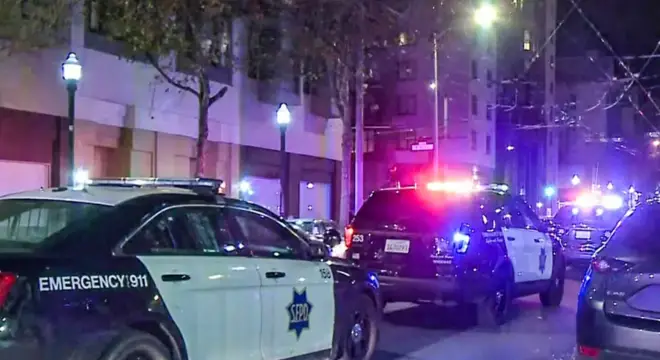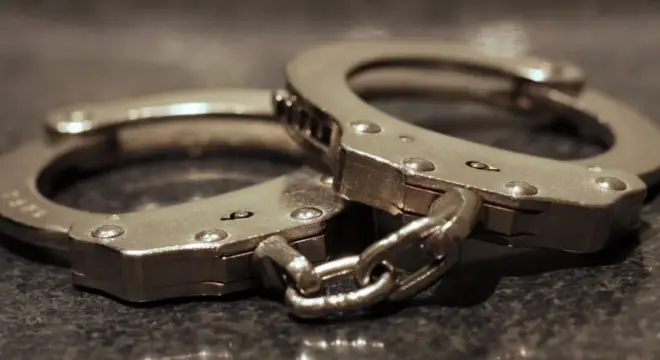Massachusetts Home Lost to Fire, One Person Injured
I still remember the first images I saw of the Lynn house fire—it was hard not to feel a knot in my stomach. Flames were shooting high, smoke billowing across Hood Street, and the thought of someone inside made it even more alarming. When I read that one resident suffered minor facial burns and had to be taken to Salem Hospital, it hit home that these disasters don’t just destroy property—they shake lives.
You can almost picture it: a morning that started like any other, quickly turning into chaos. Savon Eung, the homeowner, described losing everything in the blaze, including a boat that had just been meant to move to a private property. “We lost everything,” Eung said, and reading that made me realize how fragile our sense of security can be.
But it wasn’t just the fire itself; it was the way the community and emergency crews jumped into action. Firefighters arrived quickly, worked tirelessly, and contained the flames to prevent further destruction. That immediate response is what often makes the difference between a total loss and something that’s salvageable.
If you live in Massachusetts—or anywhere, really—reading about this fire is a reminder: no home is immune, and preparation matters. Later in this article, I’ll break down what happened step by step, what firefighters did, and practical ways you can protect your home and loved ones from a similar tragedy.
Timeline of the Lynn House Fire – What Happened on Hood Street
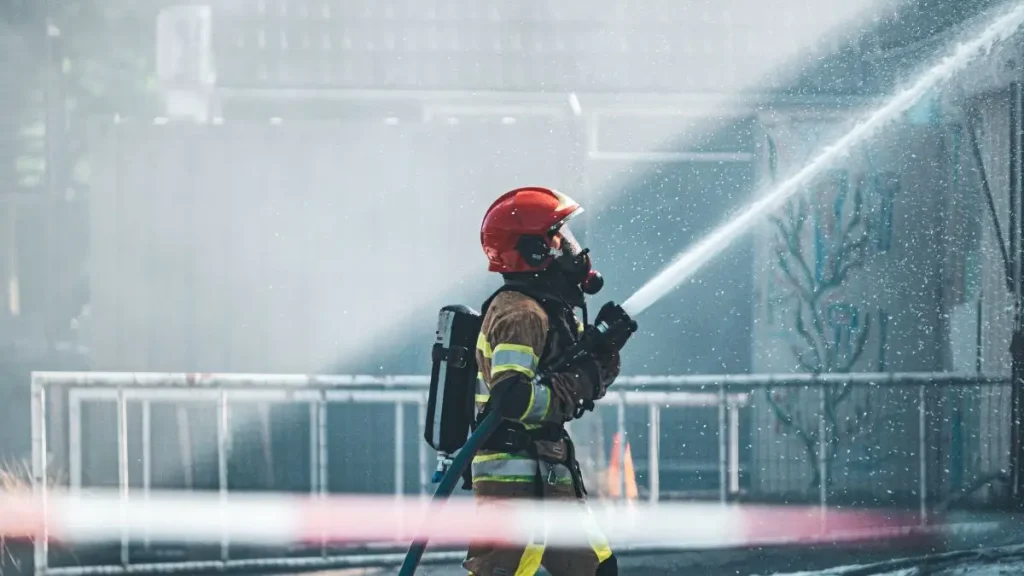
The morning of October 24 started like any other on Hood Street in Lynn—until smoke started curling into the sky. Around 8:30 a.m., firefighters spotted flames engulfing a home, and video footage showed just how intense the fire had become.
According to NBC Boston, the blaze even spread to a boat in the backyard, which made the situation more dangerous and unpredictable.
I can’t imagine the panic of the people inside that house. Several residents were there at the time, and one person suffered minor facial burns and was rushed to Salem Hospital. Thankfully, NBC Boston reports that this individual is expected to recover, but the experience must have been terrifying.
Homeowner Savon Eung described the scene in heartbreaking detail: “I was going to move the boat today, but the fire caught it first. We lost everything.” Reading that, I realized just how quickly a single morning can turn a family’s life upside down. The home itself was declared unlivable, flooded and filled with smoke damage—a total loss.
Fire Chief Daniel Sullivan told that a safety officer noticed the smoke during his morning routine, which triggered the rapid response. Crews arrived and focused on containing the fire to the rear of the building, protecting neighboring properties and limiting additional damage. That quick thinking and coordinated effort likely prevented an even worse outcome.
This timeline shows just how fast a fire can escalate—and why being prepared matters. In the next section, we’ll break down exactly how the firefighters contained the blaze and what lessons we can take from their response.
Similar to the recent blaze in Tennessee, where two homes were damaged resulting in significant losses, this Lynn fire shows how quickly morning routines can turn dangerous.
Firefighting Response – How Crews Controlled the Blaze
What really stood out to me about the Lynn fire was how fast and precise the firefighters were. A safety officer noticed smoke during his morning routine and quickly called in the crews—those first few minutes were crucial.
When the firefighters arrived, the back of the house was fully engulfed, and flames were creeping toward the backyard boat. You can almost feel the pressure they must have been under. Despite the intensity, they immediately got hoses in place, focused on the rear of the building, and prevented the fire from spreading to neighboring homes.
What struck me the most was how they balanced protecting property with keeping people safe. Even with the boat heating up and threatening the house, they acted quickly to minimize damage. Reading about their efforts made me realize how much training, experience, and split-second decision-making goes into these emergencies.
For anyone reading this, there’s a clear takeaway: fires can escalate in minutes. Early detection, fast response, and having basic safety measures like smoke detectors and fire extinguishers can make a huge difference—not just for your home, but for everyone around you.
Homeowner Perspective – Human Cost and Loss
I can’t stop thinking about what it must have felt like to be Savon Eung that morning. One moment, life is normal; the next, flames are everywhere, smoke is choking the rooms, and everything you own is threatened. “We lost everything,” Eung said, and reading that makes you realize how suddenly security and comfort can vanish.
The home itself was unlivable—flooded, filled with smoke, and completely destroyed. But it’s not just about the building. It’s about memories, possessions, and the sense of safety that we often take for granted. When you live through something like this, every small detail—the boat, personal belongings, family photos—becomes a reminder of what was lost.
For anyone reading this, it’s a stark lesson: fire doesn’t just destroy walls; it disrupts lives. It makes you think about your own home, your own preparedness, and whether you’ve taken the steps to protect what matters most. It’s heartbreaking, but it’s also a call to action: check your smoke detectors, have an escape plan, and make sure your family knows what to do if the unthinkable happens.
And honestly, it’s also about resilience. Even in total loss, the human spirit pushes forward. Helping neighbors, reaching out to community support, or just taking small steps to recover—that’s what carries people through the hardest moments.
If you want timely updates and tips on home safety delivered straight to your phone, consider joining a dedicated chat where these insights are shared regularly.
Investigating the Cause – What We Know So Far
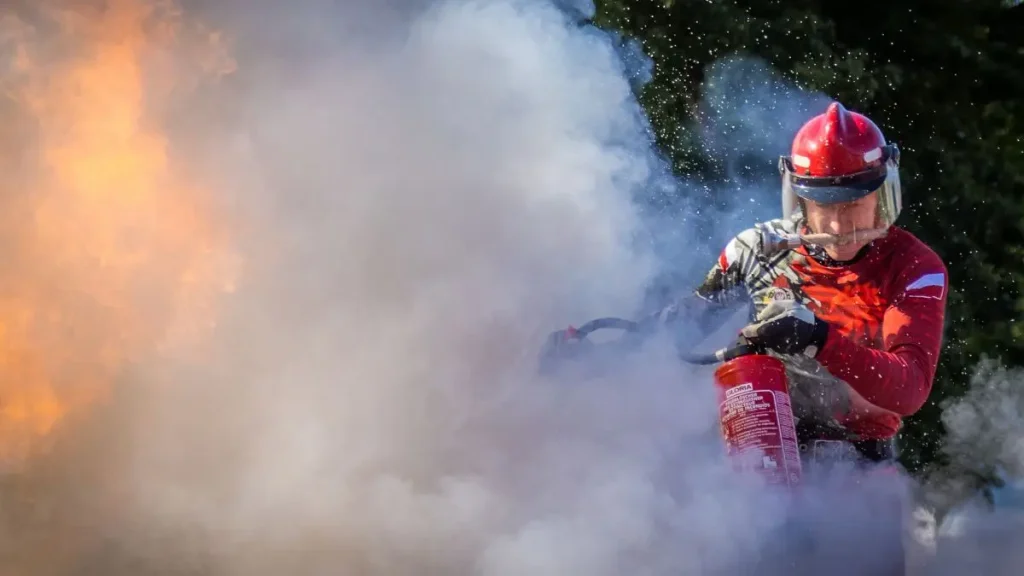
One of the questions everyone asks after a fire is: how did this happen? In Lynn, the investigation is still ongoing, and the exact cause isn’t confirmed yet. Fires like this can start in so many ways—electrical issues, cooking accidents, or even something as simple as a spark from nearby equipment.
I keep thinking about the boat in the backyard. It was close enough that the heat may have spread to the house, which shows how quickly a small risk can turn into a disaster. These details matter, because they remind us that fire safety isn’t just about what happens inside your home—it’s also about your surroundings.
While investigators work to pinpoint the cause, one thing is clear: being proactive matters. Checking wiring, keeping flammable items away from buildings, and maintaining heating equipment aren’t just recommendations—they’re lifesavers.
For you as a homeowner, the takeaway is simple: look at your home the way a firefighter would. What could catch fire? What’s close enough to spread flames quickly? Taking those few minutes now could prevent hours of chaos later.
Past incidents, like the Tucson mobile home fire, remind us that identifying causes can take time, and preventive measures are key while investigations are ongoing.
Fire Safety Lessons – How to Protect Your Home
Reading about the Lynn fire made me think about how easily a normal morning can turn into a disaster. And the truth is, there are steps you can take right now to reduce your risk.
First, check your smoke detectors. I know it sounds basic, but so many homes have dead batteries or malfunctioning alarms. A working detector gives you and your family those precious first minutes to escape.
Next, think about escape routes. Have you walked through your home imagining what you’d do if a fire broke out? Multiple exits and a practiced plan can make the difference between panic and safety.
Don’t forget fire extinguishers. Keep them in accessible spots like the kitchen, garage, or near any heating equipment. And speaking of heating, always maintain appliances and keep flammable items away—small oversights can quickly turn catastrophic.
Finally, consider your surroundings. Boats, grills, or firewood stacked near your house may seem harmless, but as we saw in Lynn, they can accelerate a fire. Moving these away from the structure and storing them safely is an easy step that could save your home.
The big takeaway? Fire safety isn’t complicated. It’s small, consistent actions that protect your home and your loved ones. Take a look around today—what could you improve?
Community Support – Helping Victims Recover
One of the most powerful things in moments like the Lynn fire isn’t just the emergency response—it’s the community coming together. When a home is destroyed, it’s not only the building that’s lost, but a sense of stability and security for the people who live there.
Neighbors, friends, and local organizations often step in first, offering temporary housing, clothing, food, and emotional support. It’s a reminder that disasters aren’t faced alone; people rally to help each other rebuild.
If you’ve ever thought about how to make a difference when a fire strikes, it can be simpler than you imagine. Donating to local charities, volunteering your time, or even sharing verified support campaigns on social media can extend the reach of help to families who need it most.
And it’s not just about giving—it’s about connection. Checking in on your neighbors, especially the elderly or those living alone, can prevent small issues from becoming life-threatening emergencies. Community support doesn’t just help recover what’s lost; it can save lives before disaster strikes.
Take a moment and think: how could you help someone in your community today? Sometimes small actions make the biggest impact.
Broader Perspective – Fire Risks in Massachusetts Homes
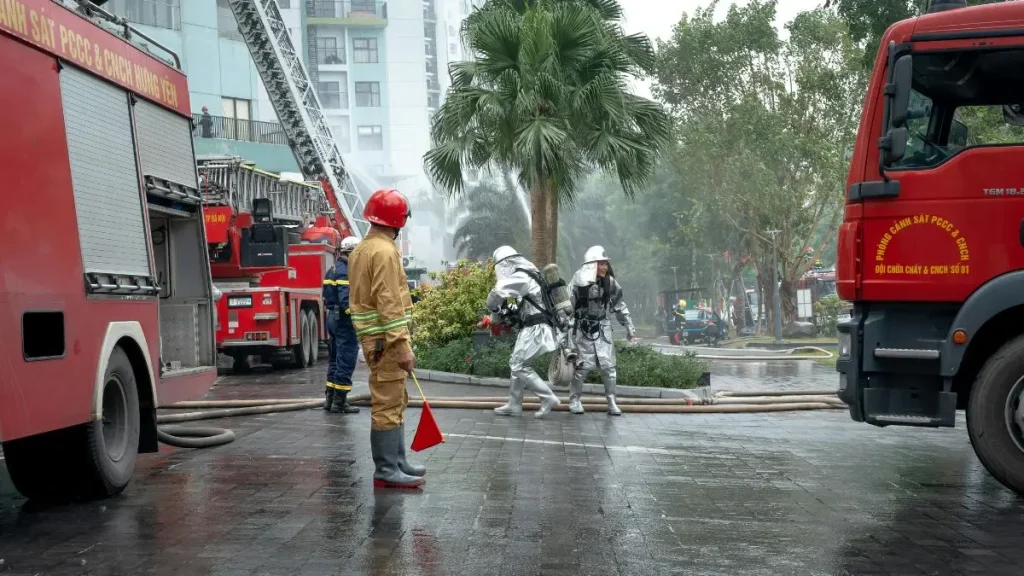
Reading about the Lynn fire made me realize that residential fires aren’t isolated incidents—they’re part of a bigger picture. Massachusetts has seen multiple home fires in recent months, and each one reminds us how quickly a normal day can turn dangerous.
You might think, “It won’t happen to me,” but the truth is, any home can be at risk. Old wiring, unattended appliances, cluttered yards, and even nearby structures can all contribute to fire hazards. Looking at your home with a firefighter’s perspective can reveal risks you never considered.
It’s also about awareness. Local authorities and fire departments often run campaigns to educate residents on prevention, escape planning, and emergency preparedness. Taking part in these programs, or even just reading up and applying their advice, can drastically reduce your personal risk.
For you as a homeowner, the takeaway is clear: don’t wait until disaster strikes. Regularly inspect your home, maintain appliances, keep combustible materials safe, and make sure your family knows exactly what to do if fire ever comes knocking. A little preparation today can save lives tomorrow.
Even trained firefighters face dangers, as seen in Hillsdale, where ten firefighters were injured battling a house fire—highlighting that fire risks are real and precautions are essential.
Key Takeaways and Moving Forward
Thinking back on the Lynn fire, there are a few lessons that really hit home. First, fires can escalate in minutes—so early detection and quick action matter more than you might think.
Second, preparation isn’t optional. Working smoke detectors, fire extinguishers, and practiced escape plans aren’t just safety tips—they’re life-saving tools. Take a moment today to walk through your home and ask yourself: Am I ready if a fire broke out right now?
Third, community matters. Helping neighbors, checking in on vulnerable people, or supporting those who have lost their homes isn’t just charity—it’s building resilience together.
And finally, it’s about awareness. Look at your surroundings critically, maintain appliances, store flammable materials safely, and teach your family what to do. A few small actions can prevent a total disaster.
I want to leave you with this: take a step today. Check a smoke detector, plan an escape route, or even just have a conversation with your loved ones about fire safety. It’s not just preparation—it’s peace of mind.
What’s one change you can make in your home this week to be safer? I’d love to hear your thoughts.
Want to read more stories about residential fires and home safety? Visit our Home Incidents section for in-depth coverage.
Disclaimer: This article is for informational purposes only and is based on reported events. It does not constitute professional advice. Readers should exercise their own judgment and take appropriate safety measures.

